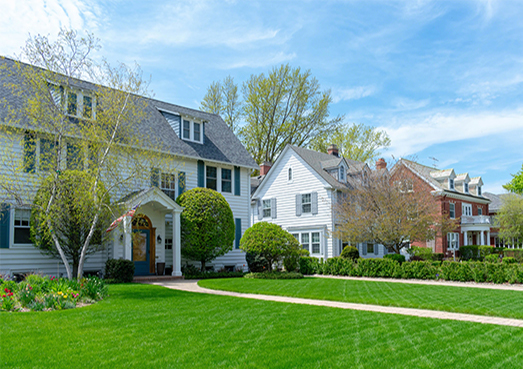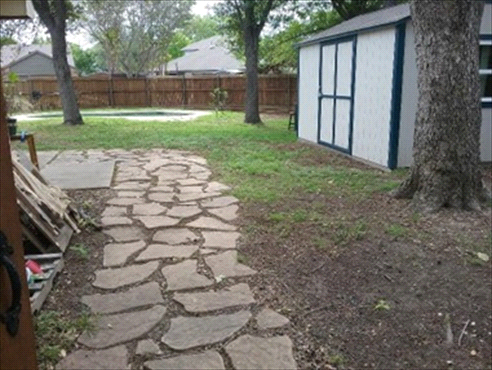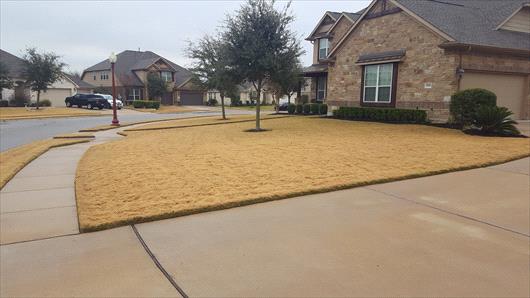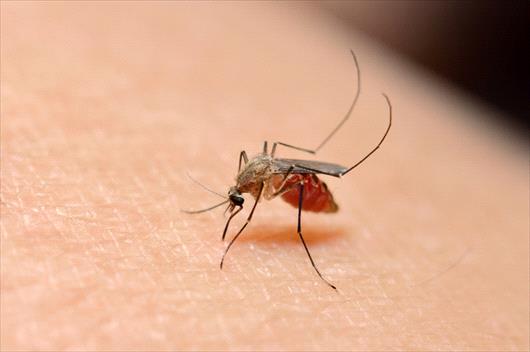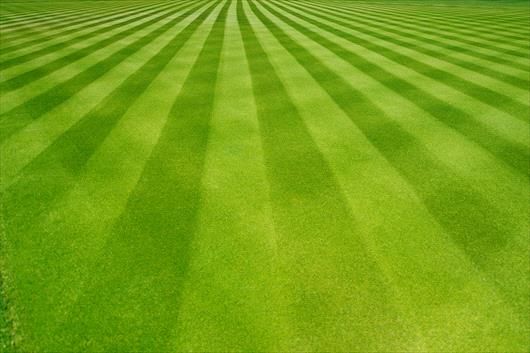Your Cart

Pitfalls of St Augustine Grass in North Texas
Apr 05, 2023
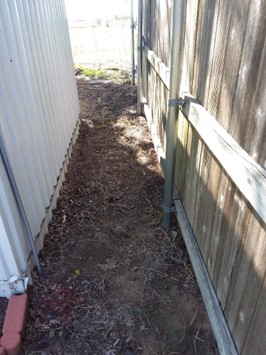
St Augustine grass is not the wisest choice for a lawn in North Texas. St Augustine is a coastal grass designed for warm, humid environments – something north Texas does not provide as we have cold winters and dry, hot summers.
It has been a frequent choice for shady areas, as Bermuda grass will never grow in the shade, but St Augustine still requires at least 6 hours of direct sunlight daily. Many heavily shaded properties will see the effects of insufficient direct sunlight via decreased growth and diseases resulting from a lack of good growth. Those lawns in full sun will see the impact of our hot, dry summers as the more water you use, the higher the risk for diseases – a "no win" scenario.
It might take ten years in moderately shaded areas to see the effects, but it will occur much faster in heavily shaded areas (see below). Without direct sunlight for at least 6 hours a day, the healthiness of St Augustine becomes at risk, susceptible to diseases and diminished growth over time.
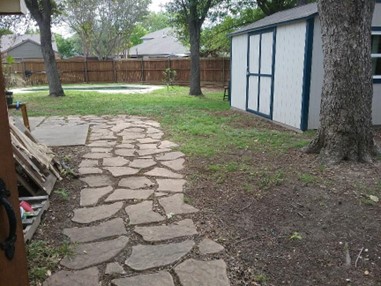
When we have hard freezes, further damage occurs to St Augustine as it can't tolerate freezing temperatures nor be covered in snow or ice for more than a few hours.
St Augustine grows on top of the soil, with tiny roots shooting off the stolons into the ground, which means it is fully exposed to the environment. St Augustine grass exposed to full sun (see image below) will suffer more significant freeze damage than in the shaded areas. There are no cost-effective preventative actions to prevent freeze damage as you would need to cover the grass with a tarp well before the freeze and hope that helps. Golf courses in our areas cover their putting greens in these weather situations, yet the freeze can still do damage.
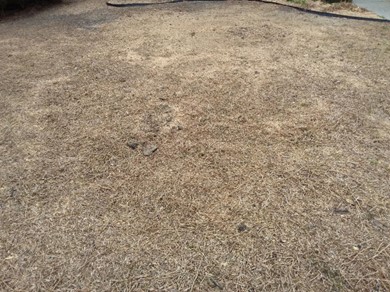
Approximately 15-20% of our St Augustine customers order an annual Disease Control application, which we apply in late August to mid-September, just before nighttime temperatures drop below 70 degrees. The treatment isn't a cure or guarantee of not getting a disease; it simply works as the best preventative at the usual timeframe for developing disease in St Augustine grass. Are you beginning to see the problem with St Augustine in our environment?

We frequently hear this most common statement: "My St Augustine lawn was full and lush when I bought the house 5-10 years ago." That is usually because the previous homeowner installed new sod before listing the home for sale. Texas law does not require disclosure for replacing the lawn because the lawn is a living organism; the disclosure form is for the inanimate items on the property, not the animate ones. The grass can be struggling along, and then suddenly, one spring, especially if there was a hard freeze that winter, it is dead. The lawn is a living organism, just like humans, and we sometimes get sick; even worse, we sometimes get a severe disease and can't fight it off, even with modern medicine. Your lawn is no different from other living organisms; sometimes, it can't fight the inevitable.
So, what are your options? First and foremost is to decrease the amount of shade, allowing more sunlight to the grass. Thin out and raise the tree canopies; you should have a minimum of 1/3rd of the tree's height as clearance under it (if the tree is 30' tall, there should be at least 10' clearance under it). If there are numerous trees on the property, remove some of them, whatever it takes to increase the amount of sunlight to reach the grass. If there is physically no way to increase the sunlight to the grass, such as between the fence and a house on tight property line homes, or as shown in the picture below, install hardscaping (rocks, pavers, etc.) because you need to prevent erosion which can harm your foundation. If you are determined to maintain a lawn in any of these problematic areas, do not install St Augustine again, or you will find yourself right back here in 5-10 years! Install zoysia grass– it is less susceptible to diseases and can better tolerate freezes, snow, and ice. It initially costs more than St Augustine, but in the long run, you save money since Zoysia will last longer in these situations.
We are here to help you grow a full and healthy lawn, but sometimes that is not enough to salvage a St Augustine lawn in non-ideal conditions. Contact us, and we would be happy to offer guidance.

